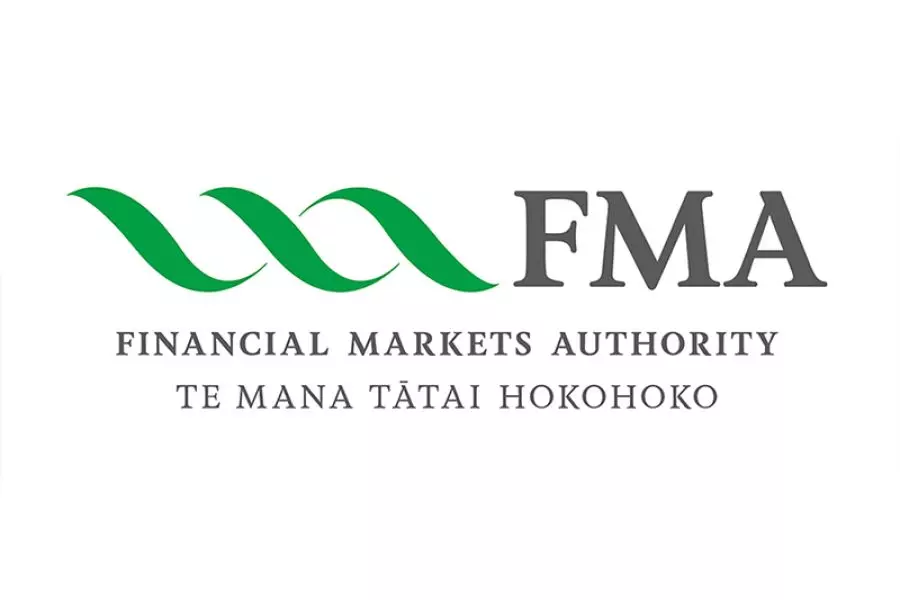News
Super City sales plummet

Thursday 3rd of November 2016
The agency’s sales numbers declined steeply to 778 in October – which was a quarter lower than sales numbers in September and also a quarter lower than the average for the past three months.
Barfoot & Thompson managing director Peter Thompson said the last time sales numbers fell this low in an October was in 2011.
That was at a time when the market had still not...
Want to read the full article?
Click the button below to subscribe and will have unlimited access to full article and all other articles on the site.









![[The Wrap] Bye Bye Bayly](https://goodreturns.publit.io/file/c_fill,w_900,h_600/39f23ac1-f7c7-4854-b700-a150004ebbac.webp)